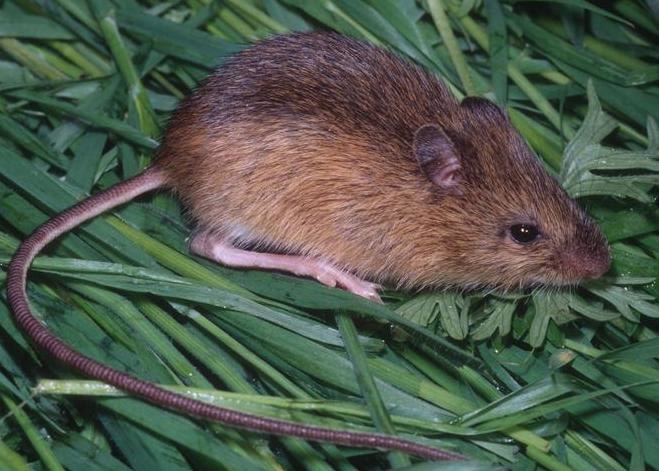Pacific jumping mouse
(Zapus trinotatus)

Description
The Pacific jumping mouse (Zapus trinotatus) is a species of rodent in the family Zapodidae. It is found in Canada and the United States. Its natural habitats are temperate grassland and swamps. Pacific jumping mice can be distinguished from other rodents that belong to the same genus by their larger size. They have a distinct color separation between the back and underside. See reference for further detailed anatomical information. These rodents prefer to live in moist habitats, and are frequently found in riparian or meadow areas near rivulets. They rely on grass seeds as their main diet, thus they prefer inhabiting areas with thick vegetation, which provide refuge from many predators as well as food resources. Besides eating grass, they feed also on fungi and insects. They spend most of the autumn season fattening up in preparation for their winter hibernation time, which is spent in small burrows in the ground. When their hibernating period of up to 8 months is over, they mate and produce a litter of four or more young. Pacific jumping mice have many predators, including snakes, coyotes, owls, and foxes. Pacific jumping mice prefer living in moist regions that are characterized by alder / salmonberry / skunk-cabbage marsh, and riparian alder ecosystems that are commonly found in coastal redwood woodlands. In northern regions they dwell in dense woodlands, wet grassy regions, and alpine meadows of the Cascade Mountains in Washington and Olympic peninsula. They can be found in marshy thickets, woodlands edges that contain both weedy understory and ferns, and in moist meadows. The habitat of Pacific jumping mice includes streams, brushlands, lakes, woodlands, forests, fields, swamps, meadows, shrubs, bogs, marshes, and the banks of rivers and ponds. Their range covers the entire Pacific Northwest, California, and western Canada. Pacific jumping mouse sexually mature the year after they are born. Males become sexually active in May or June, which is when females are also fertile. Their gestation period lasts about 18–23 days and give birth in July or August. Each litter consist of about 4-8 young, which are weaned after 4 weeks. The Pacific jumping mouse are born pink and hairless, and weigh around 0.7 - 0.9 grams at birth. They are also born with their eyes shut and depend on their mother to survive the first few weeks. They become independent after about a month.
Taxonomic tree:







